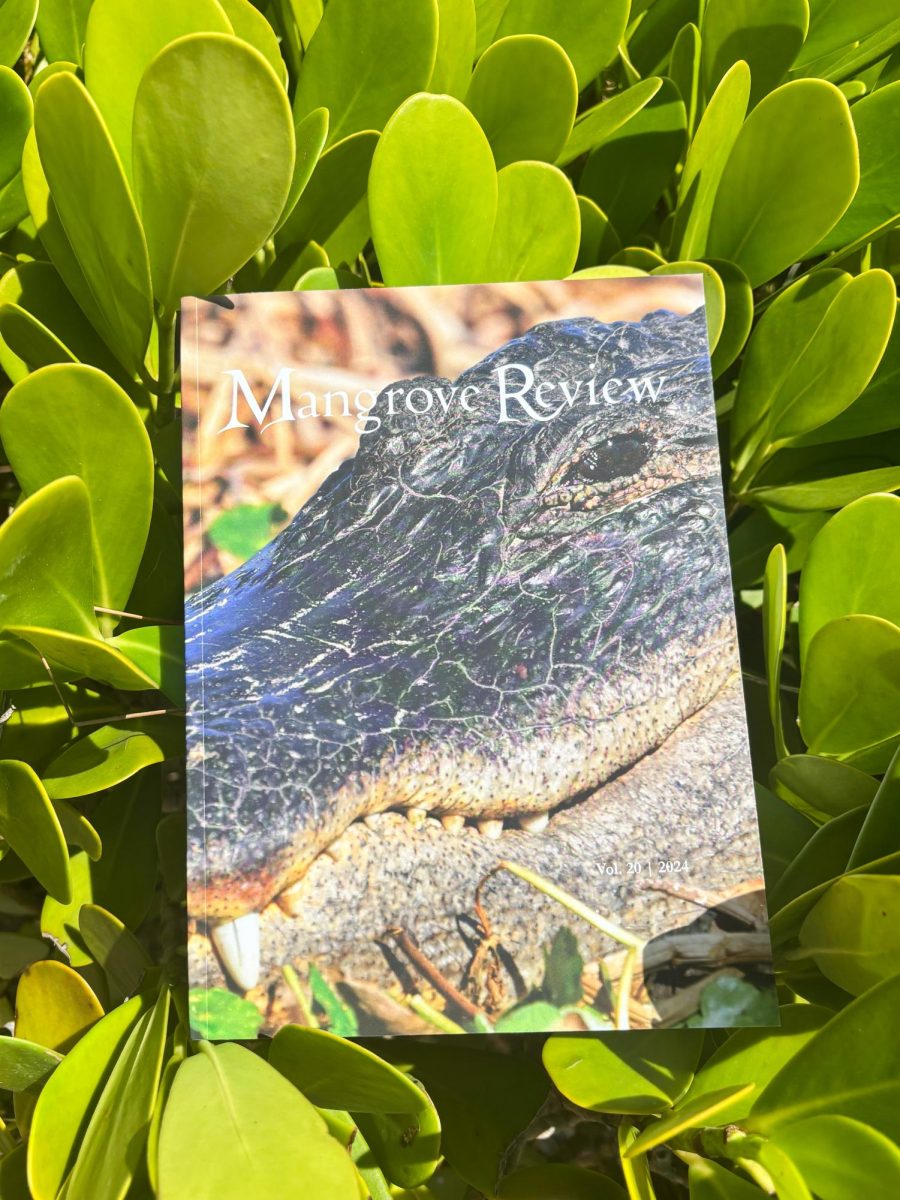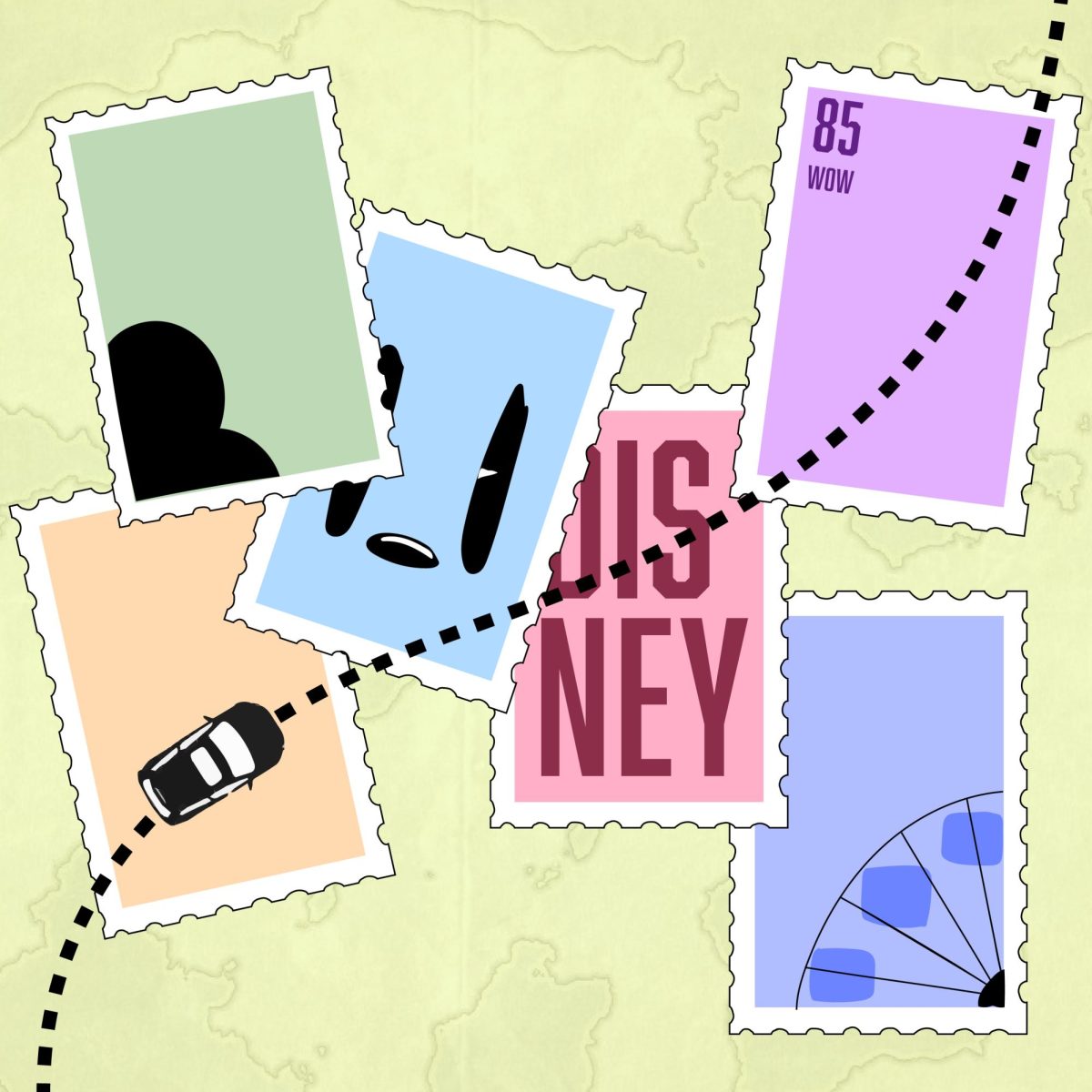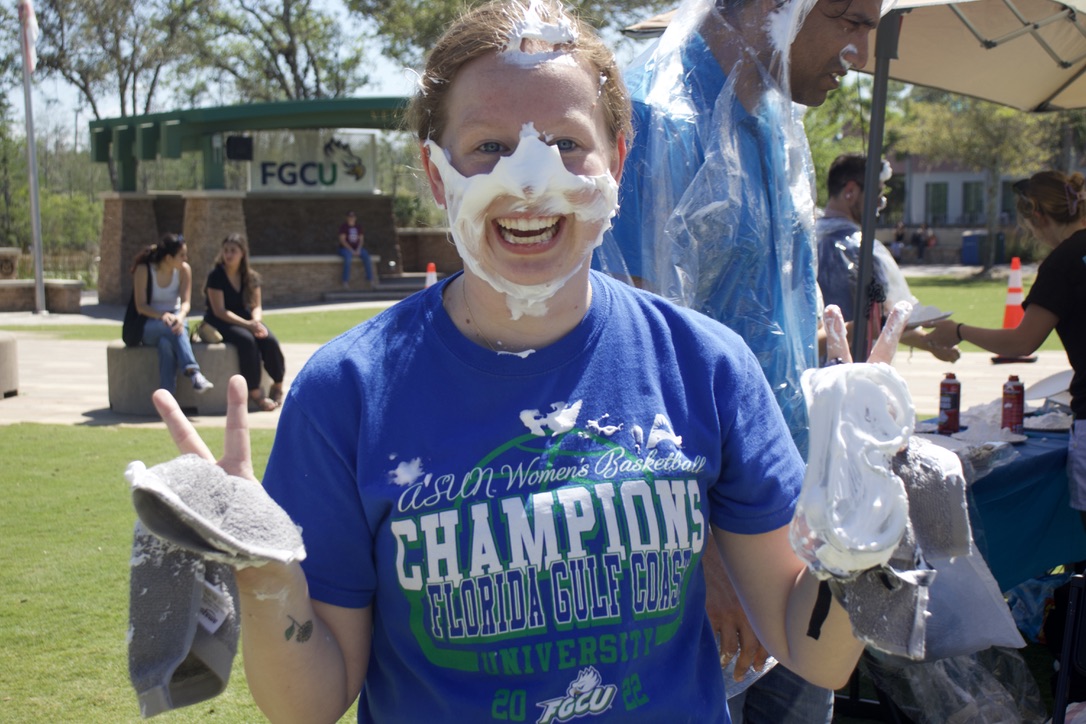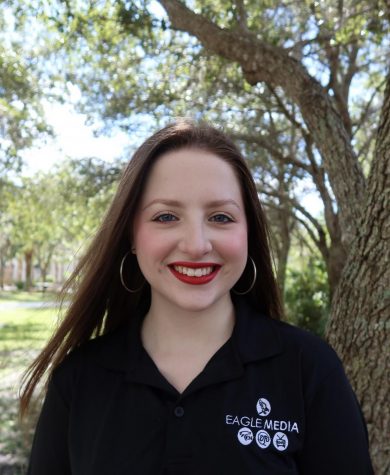Eerie Artifacts: Unlocking the FGCU Archives

Photo provided by the FGCU Library Archives
October 29, 2021
Stamps, books, conquistador skulls and the writings of a cult. The Florida Gulf Coast University Archives is the official repository of records that serve as an institutional memory.
“We handle everything, it’s really diverse,” University Archivist Kaley Dietrich said. “We have artist books and ziens from all over the country. A bit of everything really.”
Most of these records are benign; there’s a large collection of fish journals and a collection of Florida railroad history. The William R. Maples Collection includes images and documents from the many high-profile cases of the renowned forensic anthropologist. The Archive’s current exhibit celebrates the Porecki Collection which includes rare prints and a collection of stamps among other things.
These collections are all extraordinary, but it is the Koreshan collection that stands out from the rest as being uniquely spooky.
“I would say that the Koreshan stuff has more of an energy to it,” Archives Coordinator Bailey Rodgers said. “I’ve only had one experience where I was like, that’s weird.”
Rodgers says she was making coffee in the small kitchen in the back of the Archives when she felt somebody tap on her shoulder.
“I was the only one in there, but I still looked and there was no one there,” Rodgers said. “So that one was kind of weird. That was around the time when we were taking out a lot of the Koreshan stuff.”
The Koreshans were led by the Prophet Cyrus R. Teed. He first founded the Science of Universiology and the Koreshanity religion in New York and he eventually moved his community to Estero, Florida in 1894. He called the area “New Jerusalem” and set about creating a utopia.
“He believed he was a Messiah, and he was ushering in a new age, and that he had been sent by an angel to start to redeem all of humanity,” FGCU Professor Lyn Millner said. “He believed that the earth is hollow, and that we live inside of it. He preached celibacy and told his followers they needed to be celibate in order to achieve eternal life.”
Millner is the author of a book about Teed and his followers called “The Allure of Immortality: An American Cult, a Florida Swamp, and a Renegade Prophet.” She describes the Koreshans as an intelligent and industrious group of people who built a real community here.
“They had a bakery, a laundry, they had their own school,” she said. “They had performances of dramas, they read Shakespeare, they learned Latin, they had an orchestra, they had a band. They were incredibly cultured and smart people and they had very odd beliefs.”
This juxtaposition is what drew Millner to write her book. She says she’s always believed that if you’re intelligent and educated, you won’t fall for crazy stuff.
The strangest part of the Koreshans wasn’t their beliefs, but how they ended. Teed had long preached that upon death he would “theocratize” and while no one was quite sure what that meant, he promised to return to earth as God incarnate.
“When he died, they mourned him, they put him in his bathtub, and waited for him to come back to life because he had always told them that’s what he was going to do.” Millner said. “And when he didn’t come back to life, they kept him for five days in his bathtub, and watched his body decay, and this is where it gets spooky, right?”
Millner doesn’t buy into the idea that the Koreshan artifacts are haunted. She says that while there is a lot of mythology around them, she doesn’t know why people fear the things they left behind. So, whether you want a taste of the strange energy described by the Archive employees or, like Millner you like to learn about really cool, local history, you should check out the Archive’s website.
“We have all of the Koreshan writings. We have personal papers from other members of the group, we actually have their paintings, we have some of their clothes, we have quilts that they made and instruments,” Rodgers said. “It’s all on our website, you can definitely take a look. We also have a digitized collection too.


























